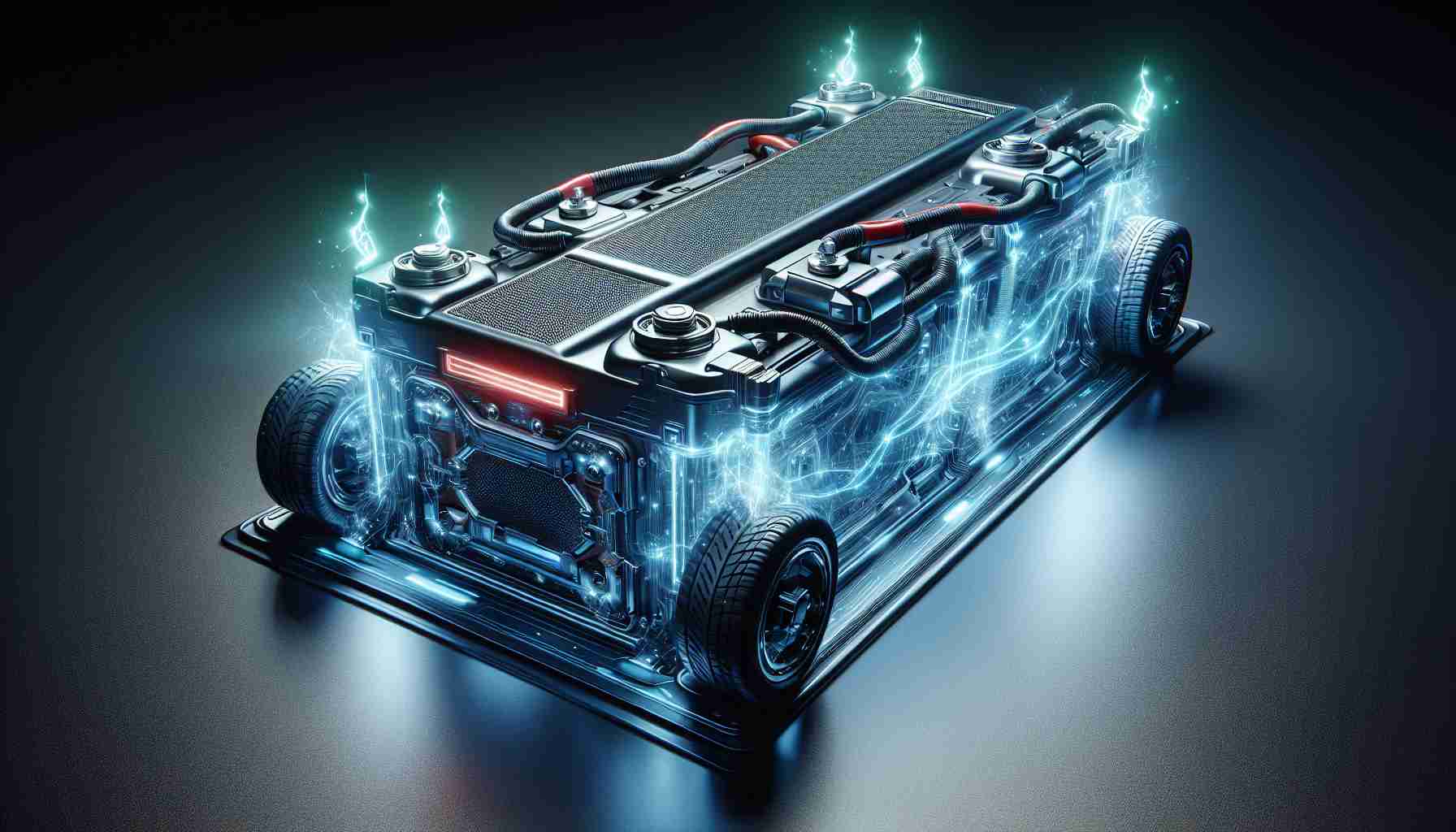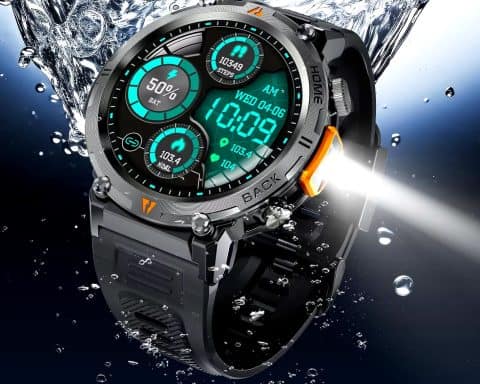- Microvast’s solid-state battery technology vastly improves EV safety by eliminating fire risks through a solid electrolyte.
- The innovation provides faster charging, longer range, and higher power outputs with operating voltages of 12V-21V.
- Utilizes a bipolar stacked design and pioneering solid-state electrolyte, offering significant advantages over traditional lithium-ion cells.
- Beyond EVs, this technology promises cleaner energy solutions for various industries, contributing to reduced carbon emissions.
- Microvast’s progress, alongside advancements from competitors, highlights a dynamic race toward widespread clean energy adoption.
- The potential reduction in carbon emissions could significantly impact climate change, mitigating extreme weather and pollution-related health risks.
- The shift to advanced battery-powered vehicles incentivizes more consumers to embrace this transformative energy future.
Imagine a world where electric vehicles (EVs) charge faster, travel further, and pose no fire risk. This vision inches closer to reality, courtesy of groundbreaking advancements by battery maker Microvast. Heralded as a revolution in energy storage, Microvast’s solid-state battery stands poised to transform the electric vehicle landscape.
Instead of wrestling with the limitations of traditional lithium-ion batteries—limited range, long charge times, and susceptibility to fire—this cutting-edge battery technology offers a striking contrast. With a solid electrolyte replacing the volatile liquid one, the risk of combustion vanishes, making vehicles safer. What’s more, the bold leap to operating at voltages between 12V and 21V—compared to the modest 3.2V to 3.7V in standard lithium-ion cells—ensures more power, longer journeys, and quicker charges.
Employing a sophisticated bipolar stacked design and a pioneering solid-state electrolyte, Microvast propels battery technology into a new era. The potential goes beyond EVs, promising cleaner, efficient power solutions in various industries that currently rely on fossil fuels.
The broader implications for the planet are profound. As more people switch to EVs powered by these advanced batteries, the reduction in carbon emissions could significantly mitigate climate change, easing extreme weather patterns and health risks associated with pollution.
As Microvast moves to scale production, the dream of universally adopted clean energy might soon become a reality. With competitors like Harvard scientists and Mercedes-Benz also advancing solid-state innovations, the race to reshape our energy future stands vibrant and dynamic. Embrace the possibilities and stay ahead of the curve with this electrifying evolution in energy storage.
Breakthrough Solid-State Batteries: Revolutionizing Electric Vehicles and Energy Storage
## Beyond the Article: Uncovering Key Information and Insights
New Facts and Relevant Developments
1. Microvast’s Partnership and Collaborations: Microvast has been actively collaborating with automotive giants and technology partners to accelerate the adoption of their solid-state battery technology. These partnerships help in scaling production capabilities and integrating battery systems into next-generation electric vehicles.
2. Impact on Battery Lifecycle: Solid-state batteries, like the one Microvast is developing, not only offer faster charging and longer range but also have a longer lifespan compared to traditional lithium-ion batteries. This significantly reduces the need for battery replacements over the life of an electric vehicle, thus lowering environmental waste.
3. Challenges in Solid-State Battery Development: Despite their promise, solid-state batteries present manufacturing challenges, such as material sourcing and scalability. Solving these issues is crucial for widespread adoption in the EV market.
4. Patent Activity: Microvast has filed numerous patents related to their solid-state technology, indicating a robust strategy to protect their innovations and maintain a competitive edge in the fast-evolving battery industry.
Important Questions and Answers
Q: How does the charging time of solid-state batteries compare to traditional lithium-ion batteries?
A: Solid-state batteries can potentially charge up to six times faster than current lithium-ion batteries. This means instead of hours, EVs could be charged within minutes, drastically improving usability.
Q: What are the environmental benefits of solid-state batteries?
A: The use of non-flammable solid electrolytes reduces the risk of fires, while higher energy densities lead to longer ranges that could make electric vehicles the norm, reducing reliance on fossil fuels and cutting carbon emissions significantly.
Q: Are there any market predictions for the growth of solid-state batteries?
A: Experts predict that the global market for solid-state batteries could grow exponentially within the next decade as companies overcome production challenges and scale up manufacturing. This shift is supported by increasing investments and interest from automotive industry leaders.
Suggested Related Links
– Microvast
– Tesla
– Mercedes-Benz
– Harvard
As technological advancements continue to reshape the landscape, staying informed about innovations in battery technology and energy storage is vital. With Microvast at the forefront of solid-state battery development, the future of electric vehicles and clean energy solutions seems incredibly promising.

















